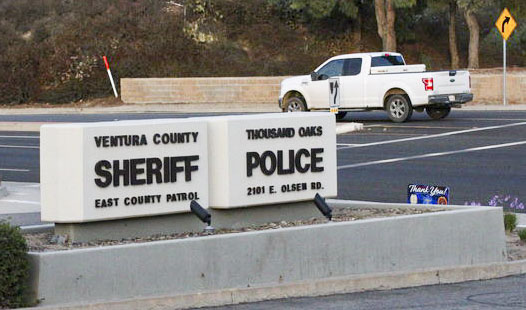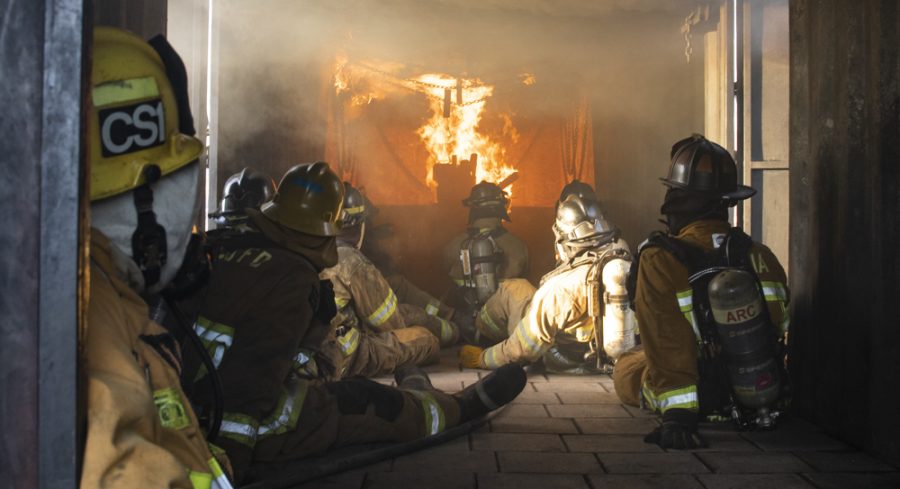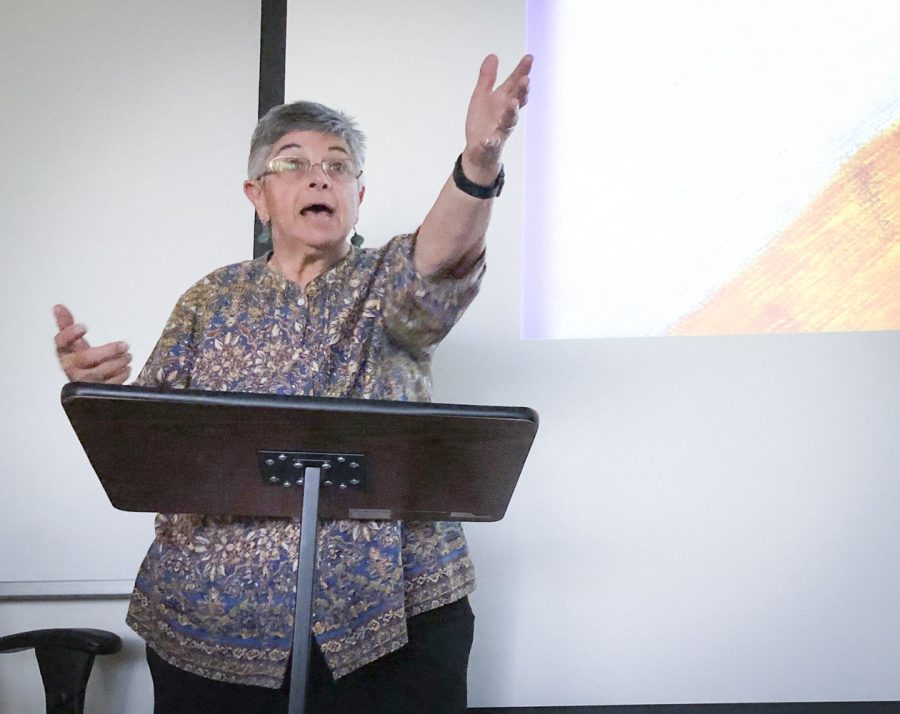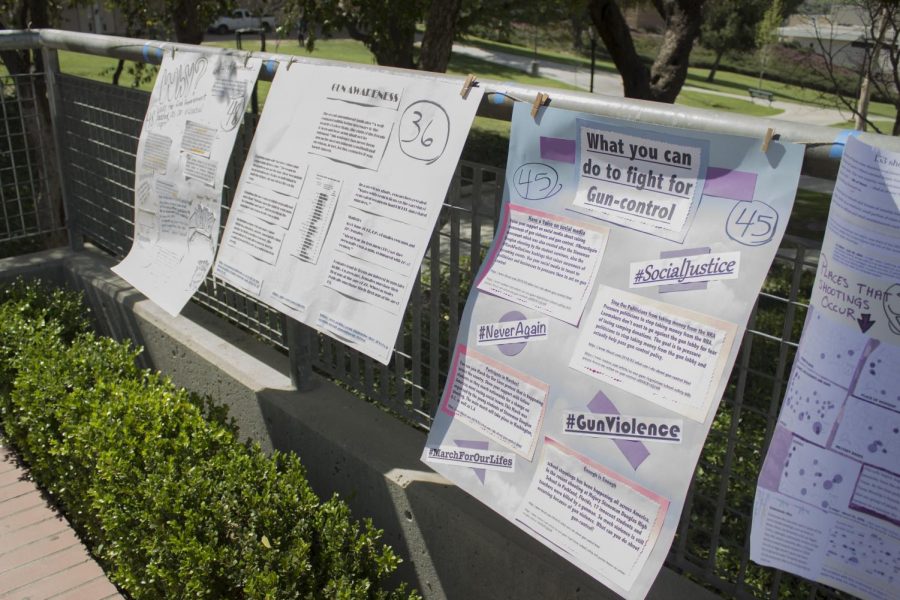After the unraveling of Moorpark College’s previous Associated Student’s Board, A.S. started fresh this year with a new president, productive board, and widespread results.
Less than a year after the 2004-2005 Associated Student’s Board unraveled with dissention and animosity, the current MC AS Board of Directors has already planned and participated in a myriad of campus, regional, and statewide activities.
Kasey Crispin, A.S.’s new president, and one of two returning board members, believes the reason for the positive changes experienced this year is mutual respect.
“The difference between this board and last year’s board definitely involves a foundation of respect for one another,” Crispin said. “And a real commitment to the students.”
The productivity of the new board contrasts sharply with that of last year’s. Last year there was no talent show, little state wide advocacy developed, and little involvement in the campus Club Day. Due to A.S. efforts to promote Club Day on Oct. 17, the event was a success this year with an increased attendance by MC students. The Board has revived the talent show, developed the Student Ambassadors Program, and lobbied state legislators on behalf of student issues.
Each member is typically assigned to three committees, ranging from Academic Senate, Curriculum Committee, ICC, Wellness Committee, Environmental Committee, and others. While last year very few members covered their assigned meetings, this year each board member is covering at least three, some five committees.
Kimmy Bergstrom, A.S. vice president and returning member, believes last year’s problems were the result of a fragmented board.
“Last year there was no leadership,” Bergstrom said. “The board did not receive any support from the president.”
Last year’s meetings were often heavy with tension and peppered with threats and insults. Rifts between members and conflicts with the board’s leadership eventually led to the removal of the A.S. President Evan Hess. Sharon Miller, A.S. advisor, says the resulting apathy led to non-participation of several board members, many of whom remained on the board. Only four members attended the annual conference at Washington D.C.
Basically, Miller said, “there was just a total breakdown by about half the board due to conflicts with its leadership.”






